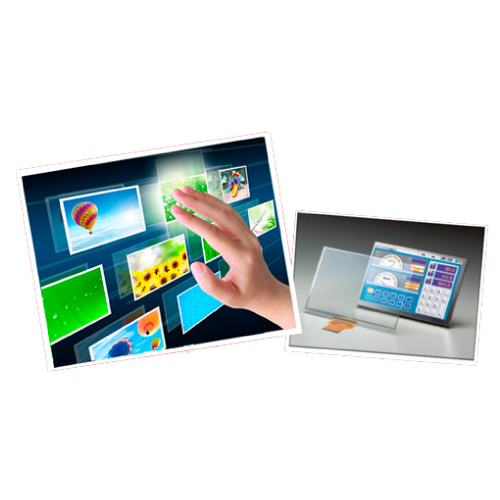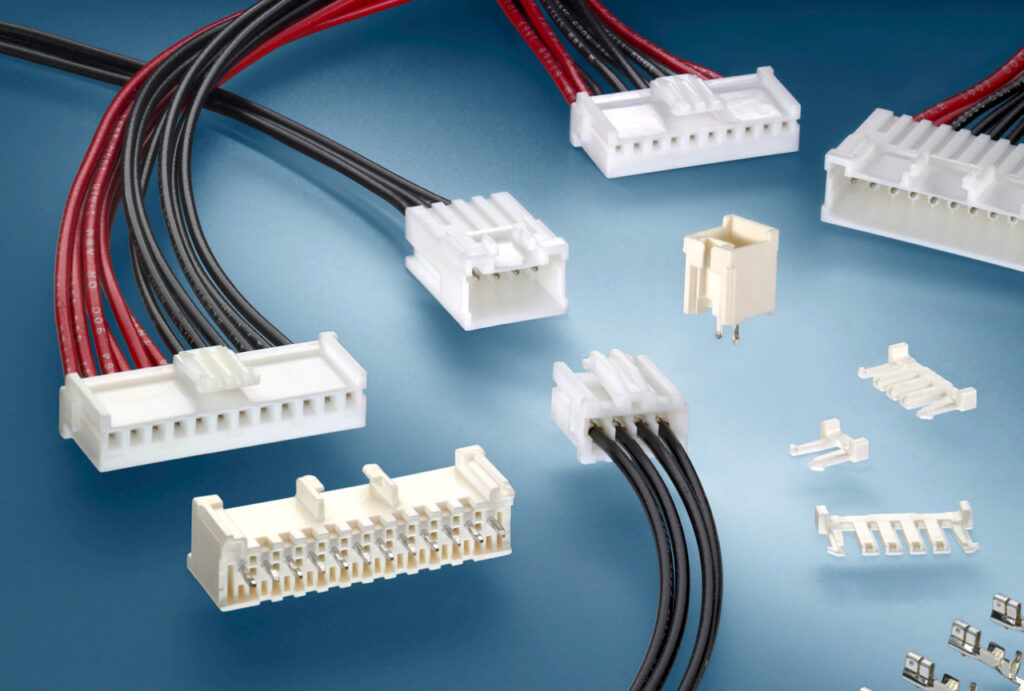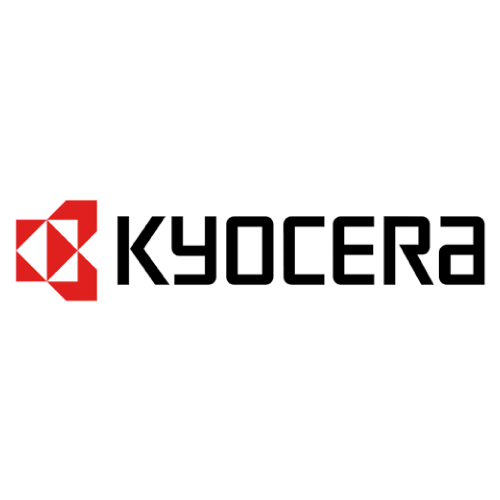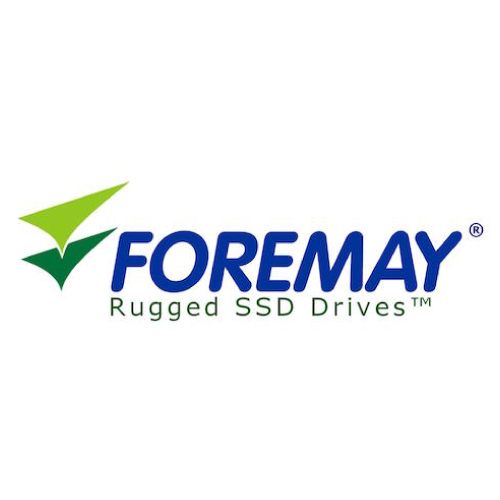Touch Screen Panels
Home » Products » LCD Displays » Touch Screen Panels
Touchscreen technology has revolutionized the way we interact with our devices. It has made the process of navigating through menus, typing, and performing tasks a lot more intuitive and user-friendly. Among the various types of touchscreen technology available, the most popular is the Touch Screen LCD Panel. These panels are used in a wide range of devices, from smartphones and tablets to industrial equipment and medical devices.
Features
We offer touch panels for all of our TFT-LCD products, from 3.5″ to 12.1″. Our touch panel’s provide high quality, reliability and durability. Factory installed with a full factory warranty.
Features:
- Resistive touch panels
- Film touch or glass touch panel options
- Custom touch solutions
- Optical bond P-cap touch screen solutions
- On-cell touch
About
How the technology works
Touch screen LCD panels are made up of multiple layers, including a backplane layer, a color filter layer, a liquid crystal layer, and a touch sensor layer. The touch sensor layer is usually made of a transparent conductive material such as indium tin oxide (ITO) or metal mesh. When a user touches the surface of the panel, the touch sensor layer detects the change in capacitance or resistance and sends a signal to the controller, which then registers the touch.
There are several types of touch screen LCD panels available, including resistive, capacitive, infrared, and surface acoustic wave (SAW) panels. Resistive panels are the most basic type and consist of two layers that touch when a user applies pressure to the surface. Capacitive panels, on the other hand, use an electrical charge to detect touch and are commonly found in smartphones and tablets. Infrared panels use infrared sensors to detect touch, while SAW panels use sound waves to detect touch.
Advantages and Limitations
One of the main advantages of touch screen LCD panels is their ease of use. Users can interact with the interface simply by touching the screen, eliminating the need for a physical keyboard or mouse. Additionally, touch screen LCD panels are often more responsive than traditional input devices, allowing for a more natural and fluid user experience.
However, touch screen LCD panels also have some limitations. They can be more expensive than traditional displays and may not be as durable, particularly in industrial settings. Additionally, they can be prone to fingerprints and smudges, which can obscure the display and reduce visibility.
Applications
Touch screen LCD panels are used in a wide range of applications, including smartphones, tablets, laptops, and in-car infotainment systems. They are also commonly used in industrial settings, such as in manufacturing and process control applications. In retail settings, touch screen LCD panels can be used to create interactive displays and kiosks.
Conclusion
Touch screen LCD panels have revolutionized the way we interact with technology, offering an intuitive and easy-to-use interface for a wide range of applications. While they do have some limitations, the advantages of touch screen LCD panels far outweigh the drawbacks, and they will likely continue to be a popular choice for a variety of devices and applications in the future.















